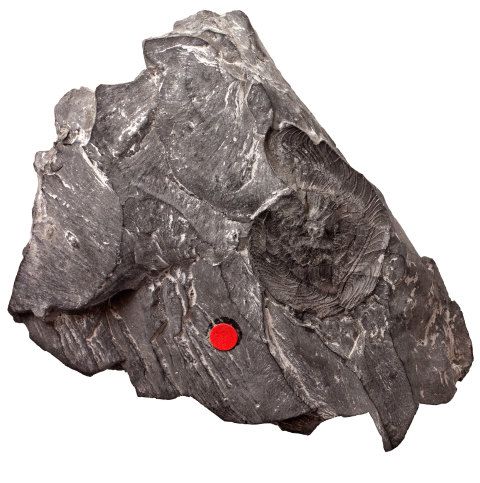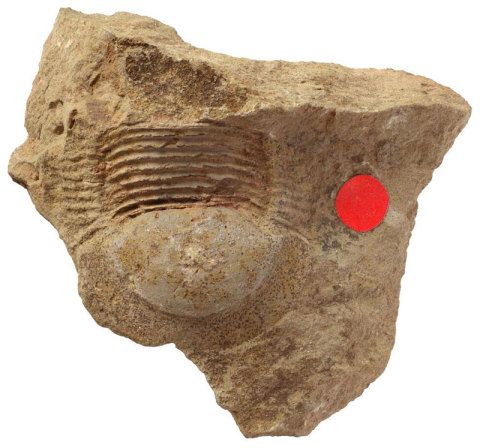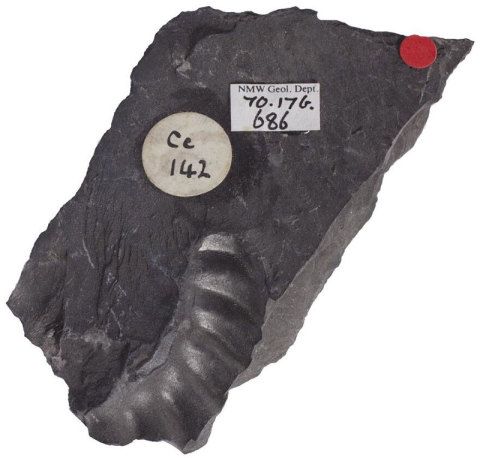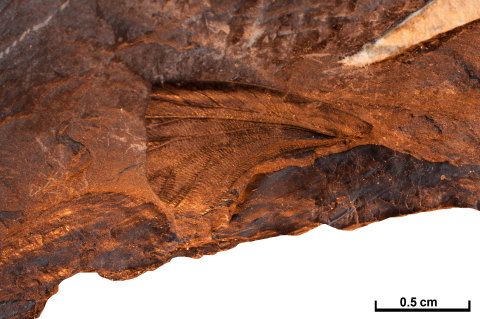Museum Type Fossils Online

Bisat, 1930

Lane & Thomas, 1978

Bisat, 1930

Bolton, 1930
When a new species is described a single ‘type’ specimen is identified, which is then deposited in a recognised organisation and made available for anyone to study. These type specimens become the essential reference for taxonomists, both when describing existing species and erecting new ones. Without type specimens it would be hard to keep the integrity of a species, and over time the taxonomy could drift so that subsequent species interpretations would not bear any relationship to the original one.
GB3D Type Fossils
Amgueddfa Cymru has joined with the British Geological Survey and other UK organisations to produce the world’s first 3D virtual collection of British fossil type specimens, funded by JISC. Thousands of high quality images, many as 3D anaglyphs, and spectacular 3D digital fossil models can now be browsed and downloaded for free. The GB3D Type Fossils Online project has taken the fossils from their stores and made them available for academics, researchers and fossil enthusiasts to enjoy at their leisure.
Our British fossil type collection of over 2000 specimens forms a very small proportion of our total collection of fossil specimens from Wales and the rest of the world. Researchers from Wales, the United Kingdom and world-wide use the collections to support their taxonomic research. Palaeontologists at the museum have named many new species of fossils and have sometimes had fossils named after them. For them and for all taxonomists it is essential to have access to type material. If you are dealing with a potential new species, ideally the actual type specimens of similar looking species should be examined, but this is not always possible, due to travel costs, for example.
When a new species is proposed it is described in a scientific journal and the type specimen is photographed. However, in old publications some types have not been illustrated, and in some publications the images may be of poor quality making it hard to determine specific features of the specimen. Therefore this new digital resource will be invaluable, illustrating the British type collection in high-resolution 2D and 3D images, in addition to 3D models. The freely available website will also provide worldwide access to our collections.



